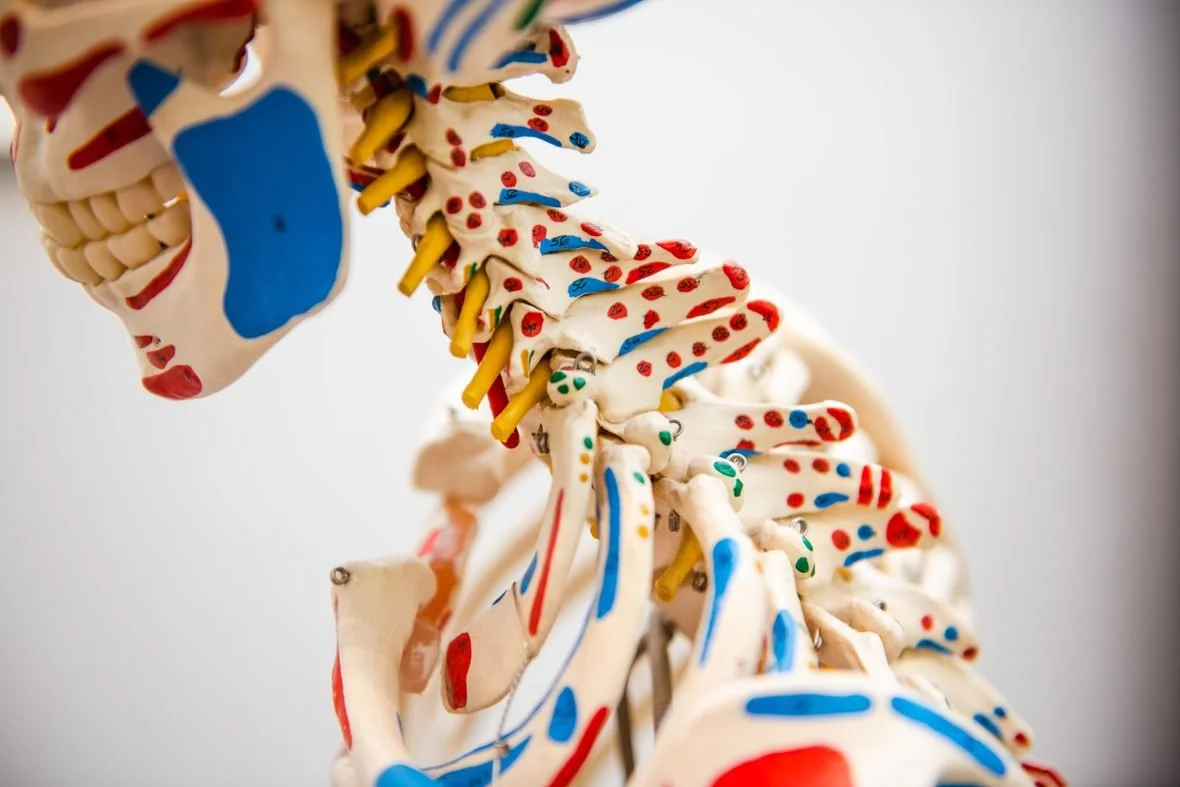What is Osteoporosis?
Most of us have heard of osteoporosis, or know someone affected by it, but what is osteoporosis?
In its simplest terms, osteoporosis is a reduction in bone quantity. The strong network that makes up the inside of bone (the cancellous bone) becomes weaker and is more likely to break under pressure or trauma, meaning you are more likely to suffer bone fractures which can be painful and debilitating. The wrist, hip and spine all have a higher amount of cancellous bone and are areas most likely to be affected. A staggering 1 in 2 women over 50 will suffer a fracture, and things are not all rosy for men, with 1 in 5 suffering bone breaks. Whilst there is no cure for osteoporosis, there are a multitude of things you can do to prevent it and to reduce your chance of fracture if you have been diagnosed with it.
What is osteoporosis and what are its causes?
You are more likely to suffer from osteoporosis if:
• You are female
• You are from a white or Asian background
• You are post-menopausal
• You have a family history of osteoporosis
• You are very thin
• You a heavy smoker or drinker
• You have a history of an eating disorder
Osteoporosis is classified as primary if it is caused by the natural ageing process (75 years +) or after menopause in women, and secondary if it is a result of certain medical conditions and medications that impede bone health such as corticosteroids.
What is osteopenia?
You may also have heard of osteopenia. This is considered to be a precursor to osteoporosis, where bone density is lower than normal but not to the extent of osteoporosis. Those with osteopenia are at an increased risk of developing osteoporosis, however it is possible to prevent this by improving nutrition and exercise levels.
Contact our therapist via email or phone or book an appointment directly!
What can I do to reduce my chance of osteoporosis and bone fracture?
Improving the amounts of calcium and vitamin D rich foods is a great place to start. These include dairy products such as milk and cheese, fish with bones such as salmon and sardines and dark vegetables like kale and broccoli. Vitamin D is best obtained through sun exposure, however you can get some in fatty fish like mackerel, and many varieties of foods are fortified with Vitamin D, like bread, cereals and rice milk.
Exercise is essential for good bone health. Most important is anything considered to be ‘weight-bearing’ such as walking, aerobics and dance classes. The impact from the movements of these exercises causes the bone to be put under load and ‘stressed’; bone cells then rush to this site to lay down more bone, improving the bone density and reducing the risk of osteoporosis. Another reason exercise is essential for healthy bones is that it helps to keep you strong and steady, reducing your chances of falling and fracturing a bone. Yoga, Tai Chi and Pilates are particularly effective at improving balance.
Your osteopath can also provide you with specific proprioceptive exercises, designed to improve the strength and stability of joints, further reducing your chance of falls.
What is osteoporosis and how can I find out if I have it?
As osteoporosis is a silent disease, often with no warning signs, it is advisable to be screened if you are a women aged over 65 or a man over 75. Additionally, if you are over 50 and notice you have 2 or more risk factors then be sure to visit your osteopath or GP for testing.
Your local osteopath can screen you using an online screening questionnaire (FRAX), a tool that has been developed by the World Health Organisation. This looks at the 10 year probability of serious fracture based on your risk factors, and helps to identify those at a higher risk of fracture. If you are found to be at a moderate to high risk, it may be best to visit your GP, who can refer you for further investigations to assess bone health such as x-rays and bone density scans, and prescribe supplementation and medication if deemed necessary.
It is important to stay positive if you are diagnosed with osteoporosis as there is a wealth of information about lifestyle choices you can make to ensure your bones stay healthy - it isn’t all doom and gloom!
Your osteopath can provide postural, exercise and lifestyle information that will help reduce your chances of bone fracture, keeping you strong, fit and healthy.
Find out more
Has our blog on “what is osteoporosis” been helpful and would you want to discuss this further? Please feel free to book an appointment with our West London based Bridge To Health Osteopath Sian Smith at 07970 133 658 or by email sian@bridgetohealth.co.uk. Or simply book an appointment directly. She will be happy to see you at our Ealing or Uxbridge clinics.


